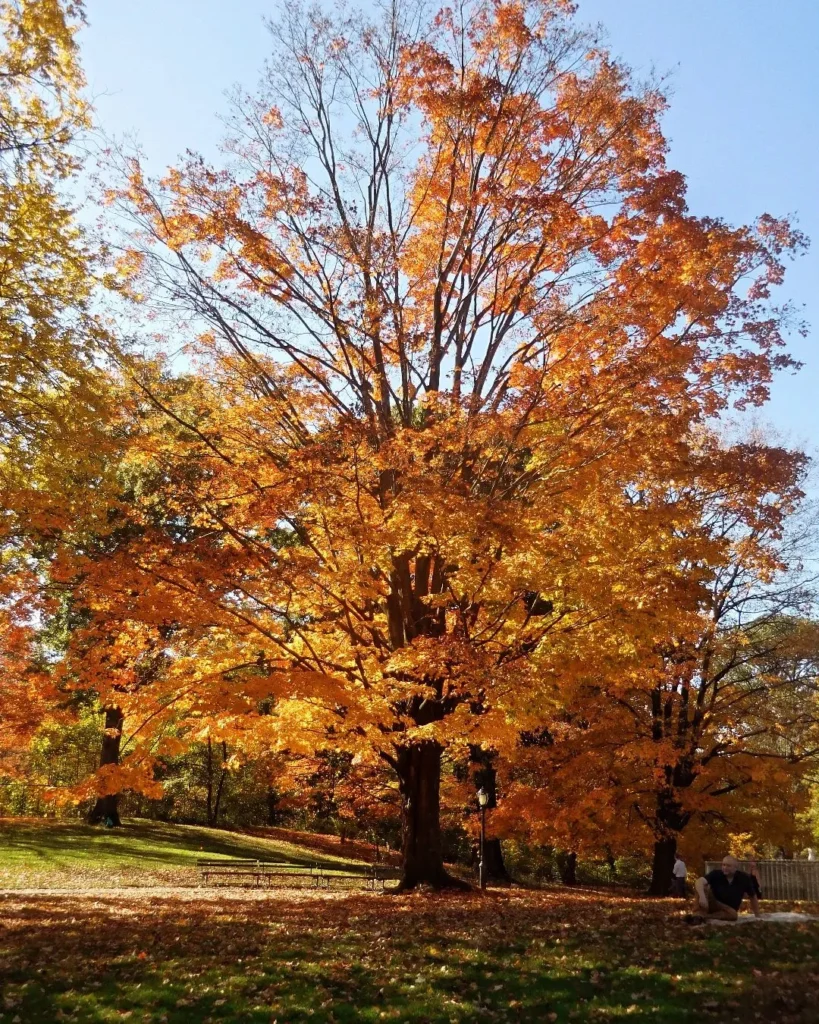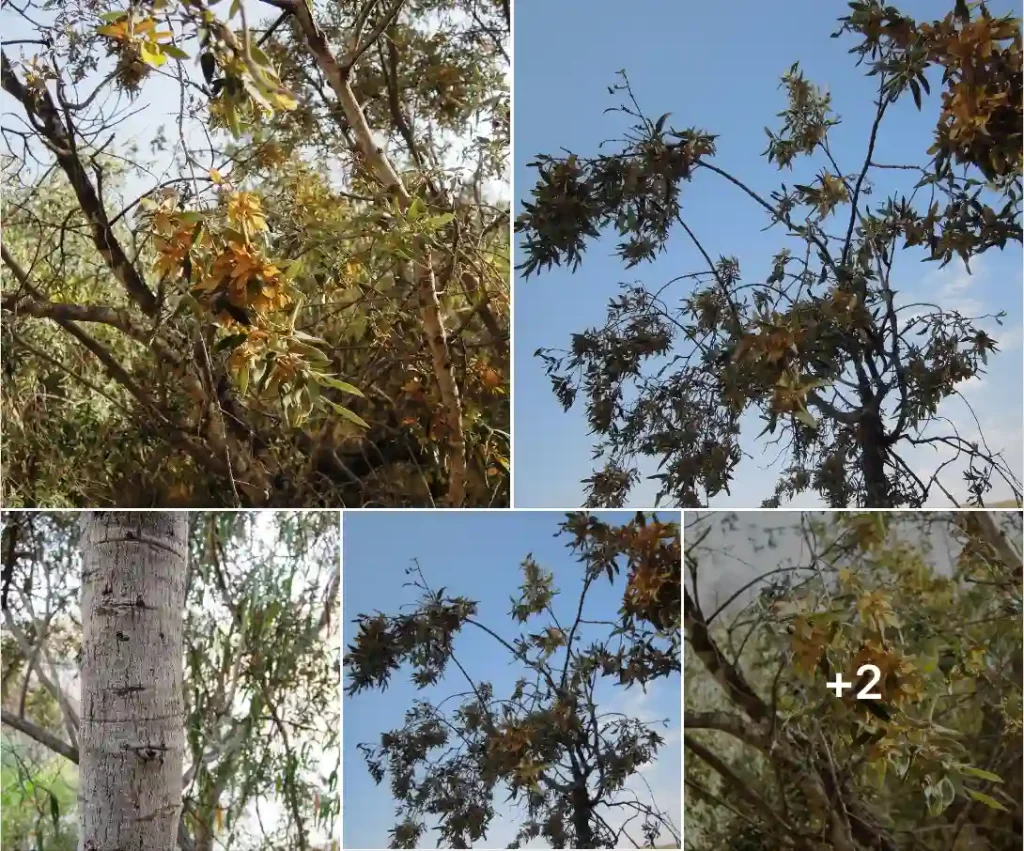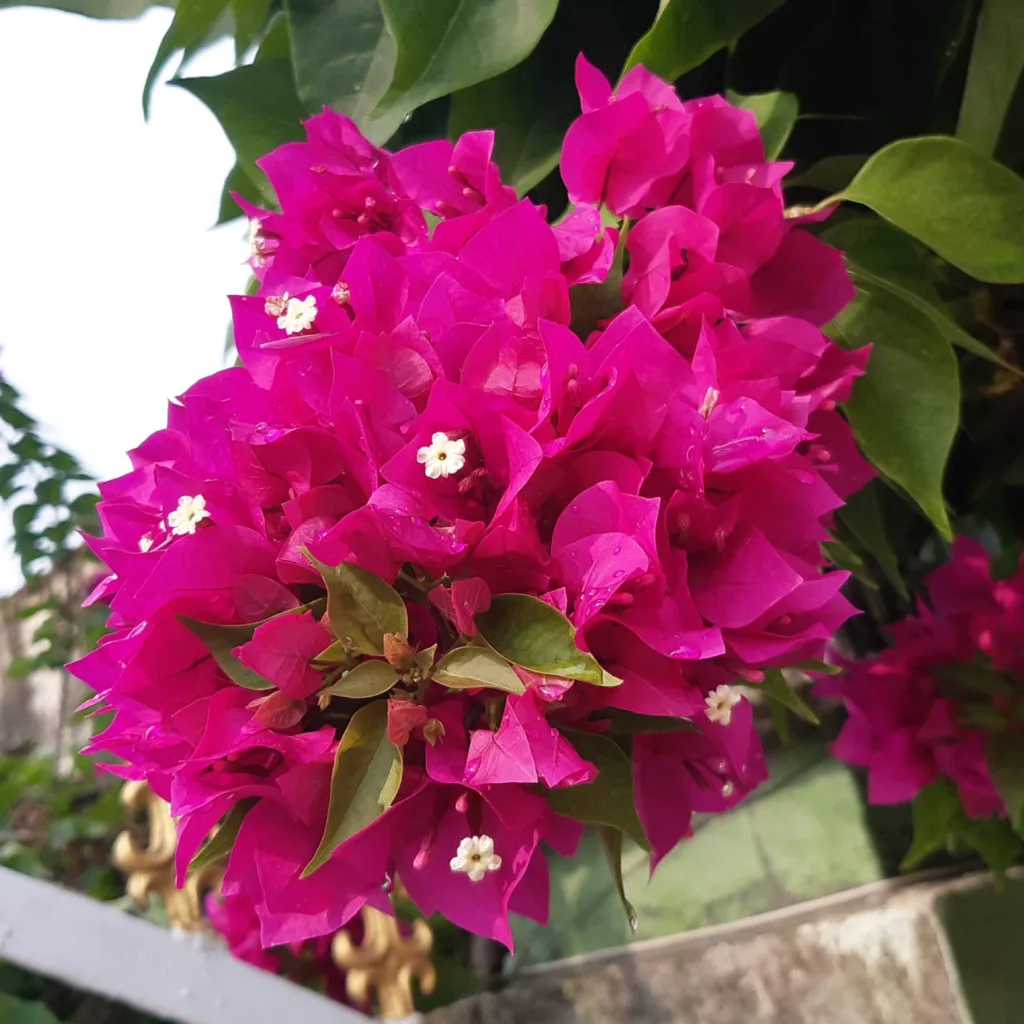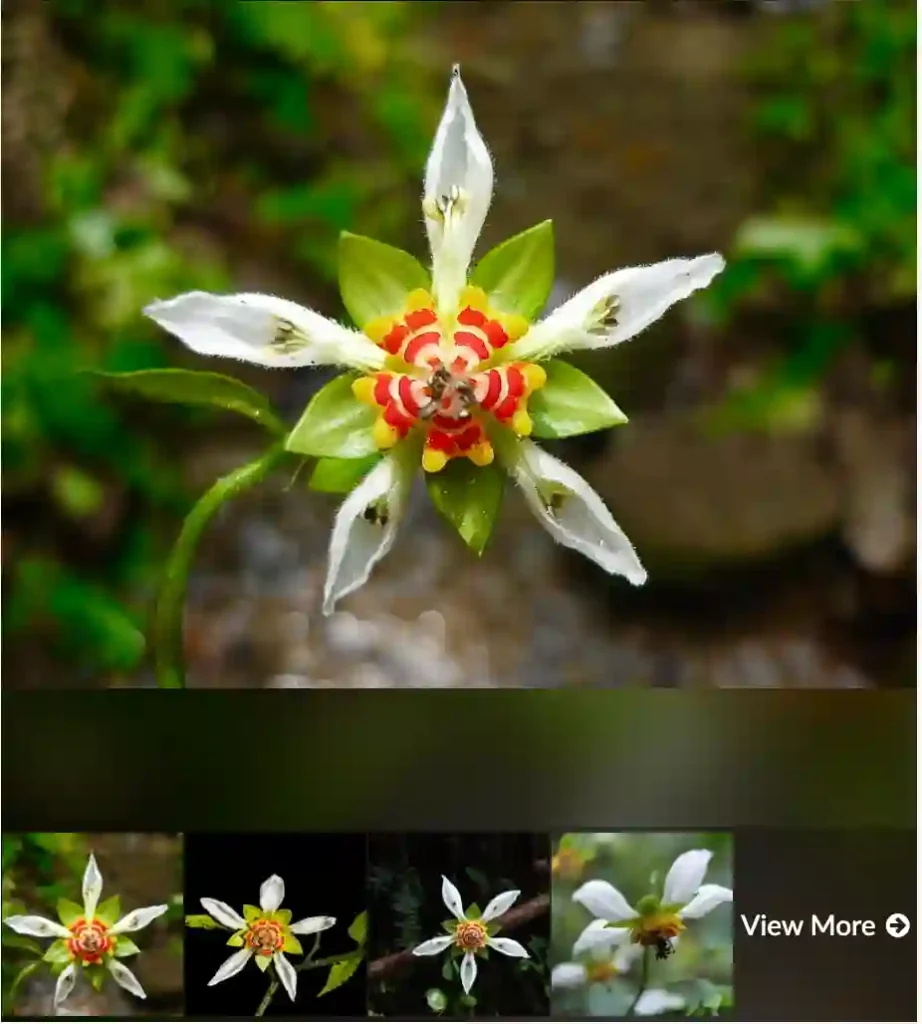FAQs About Echeveria Laui
Echeveria Laui, a stunning succulent, has gained popularity in the world of indoor and outdoor gardening. Known for its unique powdery-blue leaves and rosette shape, it’s no wonder many people are drawn to this plant. Here’s a comprehensive guide to help you understand and care for your Echeveria Laui.
202 Species in Genus Echeveria
What Is Echeveria Laui?
Echeveria Laui is a member of the Crassulaceae family, which is known for its rosette-shaped succulents. This plant is native to Mexico and is admired for its soft, pastel-colored leaves that form a compact rosette. The powdery coating on its leaves gives it a distinctive, almost ethereal look, which is why it’s so popular among succulent enthusiasts.
How to Grow Echeveria Laui?
Growing Echeveria Laui can be a rewarding experience, as this plant thrives with relatively minimal care. To grow it successfully, start by choosing a well-draining potting mix. Succulent and cactus soil is ideal because it allows excess water to drain away quickly, which helps prevent root rot.
Echeveria Laui prefers bright, indirect light. A south-facing window is perfect, but avoid direct sunlight, which can scorch the leaves. Water the plant sparingly; it’s better to let the soil dry out completely between waterings. Overwatering is a common mistake and can lead to issues such as root rot. In winter, reduce watering as the plant’s growth slows down.
How to Care for Echeveria Laui?
Proper care is crucial to keeping Echeveria Laui healthy and vibrant. Ensure it receives adequate light but avoid exposure to harsh, direct sunlight. This plant prefers temperatures between 60-80°F (15-27°C). It can tolerate brief periods of cold, but it’s best to keep it away from freezing temperatures.
Fertilize Echeveria Laui sparingly, typically once or twice a year during the growing season. Use a diluted, balanced fertilizer suitable for succulents. Keep an eye out for common pests like mealybugs and spider mites. Regularly inspect the leaves and stems to catch any issues early.
How to Propagate Echeveria Laui?
One of the appealing aspects of Echeveria Laui is its ease of propagation. You can propagate this succulent from both leaves and offsets.
Is Echeveria Laui Difficult to Propagate from Leaves?
Propagating from leaves can be straightforward, but it requires patience. Gently twist a healthy leaf from the rosette, ensuring you get the entire leaf without leaving any part behind. Allow the leaf to dry out for a few days until a callus forms. Then, place it on a well-draining soil mix, keeping it lightly misted. In a few weeks, you should see small roots and a tiny rosette forming.
How to Propagate Echeveria Laui from Offsets?
Offsets, or “pups,” are small plants that grow at the base of the parent plant. They can be separated from the main plant once they are large enough and have their own roots. Gently remove the offset, let it dry for a day, and then plant it in its own pot with succulent soil.
Can You Grow Echeveria Laui Indoors?
Yes, Echeveria Laui can be grown indoors. In fact, it often thrives indoors where it can receive bright, indirect light. A south-facing window is ideal. Ensure the plant is in a pot with good drainage and avoid overwatering. Indoor Echeverias benefit from occasional misting to mimic their natural environment.
Is Echeveria Laui Toxic?
No, Echeveria Laui is not toxic to pets or humans. It’s a safe choice for households with curious pets or small children. However, it’s always a good idea to keep any plant out of reach of pets that might chew on it.
Benefits of Growing Echeveria Laui
Echeveria Laui is not only visually appealing but also beneficial for your indoor environment. It helps purify the air by removing toxins and adds a touch of natural beauty to your space. Its low-maintenance nature makes it an ideal choice for those who want a stunning plant without a lot of hassle.
Common Problems with Echeveria Laui
Despite its hardy nature, Echeveria Laui can encounter some issues. Overwatering is a common problem and can lead to root rot. Yellowing or mushy leaves usually indicate too much water. Conversely, if the leaves are curling or wrinkling, the plant might need more water. Pests like mealybugs and aphids can also be problematic, so keep an eye out and treat any infestations promptly.
Compare Echeveria Laui with Similar Plants
If you’re considering other succulents, you might compare Echeveria Laui with similar species like Echeveria Perle von Nurnberg or Echeveria Subsessilis. While all three have their unique charms, Echeveria Laui stands out for its soft, powdery-blue leaves compared to the more vibrant hues of Echeveria Perle von Nurnberg.
By following these guidelines, you can enjoy the beauty and ease of caring for Echeveria Laui. Whether you’re a seasoned succulent enthusiast or a beginner, this plant is a fantastic addition to any collection.
If i die, water my plants!



